Summary of the key albums of the first class of Hip Hop from 1973 to 1984
Hip-hop’s Old Skool Age marks the rapid evolution of what would be the most dominant genre of the future. For the first half of the era, hip hop was confined to the parks, the streets, a handful of clubs, and primarily confined to New York. The albums released in the second half of the era represent a time of commercializing a very new and raw art form during a time when popular opinion was that the music was just a fad. While the hip hop industry was trying to figure out the best way to transfer the magic in the streets to the radio these were the albums that made great strides in setting the foundation.
It was an era of invention, both sonically and in terms of lyrics and delivery styles. Below, is a list of the seven most notable Old Skool Age albums. They contributed to hip-hop’s legitimacy as an art form, and without them contemporary hip-hop as we know it wouldn’t exist at all.
Sugarhill Gang
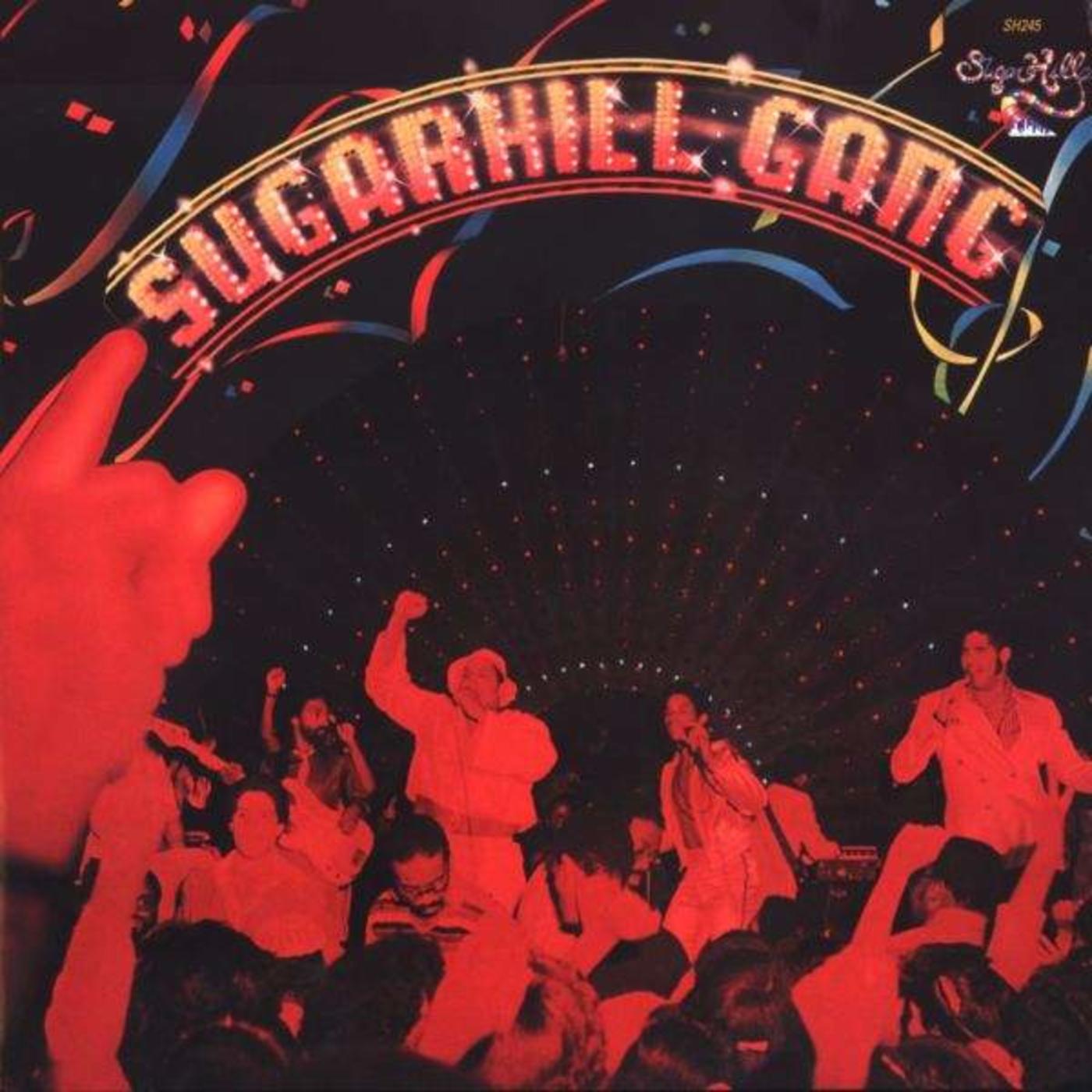
Artist: The Sugarhill Gang
Artist Origin: Englewood, NJ
Released: February 7 1980
Subgenre(s), Styles: Disco, Soul, Funk, Commercial Rap
Length: 39:17
Label: Sugarhill
Producer: Sylvia Robinson
Notable Track(s): Rapper’s Delight, Rapper’s Reprise
*First album containing rap songs released
The members, all from Englewood, New Jersey, consisted of Michael “Wonder Mike” Wright, Henry “Big Bank Hank” Jackson, and Guy “Master Gee” O’Brien. The three were assembled into a group by producer Sylvia Robinson, who founded Sugar Hill Records with her husband, record producer Joe Robinson. The group and the record company were named after the Sugar Hill, Harlem, neighborhood.
The single “Rapper’s Delight” was the first rap single to become a Top 40 hit on the Billboard Hot 100, reaching #36 on the U.S. pop chart and #4 on the R&B chart. Although “Rapper’s Delight” was the only charting single, the album also included the minor hit, “Rapper’s Reprise”. The remainder of the LP consists several down-tempo soul tracks and a disco instrumental, as Sylvia Robinson didn’t believe an album consisting entirely of hip hop music would be commercially viable in 1980. The lyrics were noted for copying popular raps by artists from Harlem and the Bronx, most notably Grandmaster Caz.
This caused a mixed response as some hip hop fans were excited to see a rap record being made and opening the door, while other members of the hip hop community hated it for its lack of authenticity. The group had no prior presence in the hip hop community and was put together just to make a novelty rap record. Despite this controversy, this group served as most people’s introduction to rap and sparked the belief that it could be a profitable genre.
Kurtis Blow
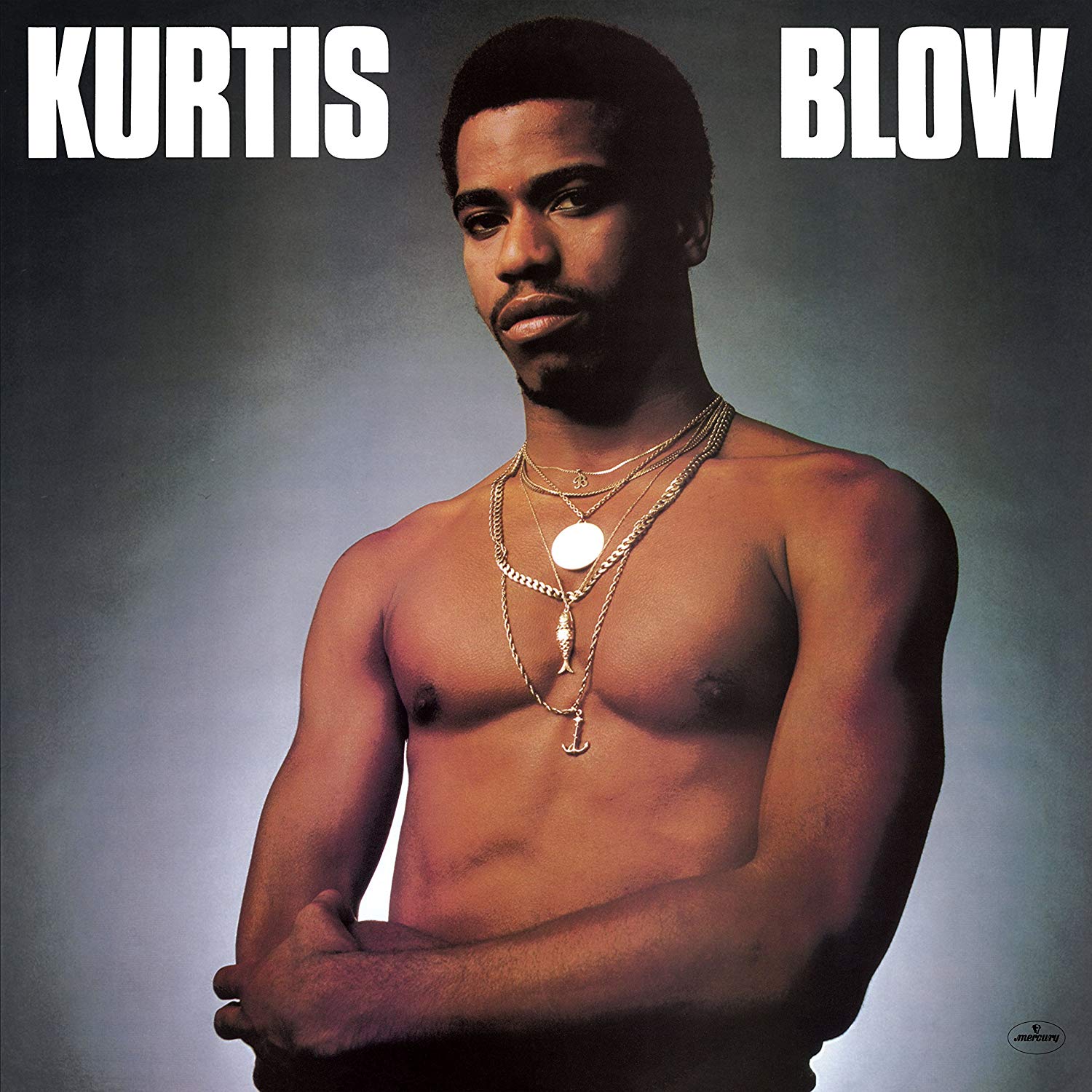
Artist: Kurtis Blow
Artist Origin: Harlem, New York City, NY
Released: September 29, 1980
Subgenre(s), Styles: Commercial Rap
Length: 50:45
Label: Mercury
Producer: J.B. Moore, Robert Ford
Notable Track(s): The Breaks, Takin’ Care of Business
*First solo rap star
*Featured “The Breaks” the first rap song to be certified gold
Harlem native Kurtis Blow switched from DJing to MCing and landed the first major record deal for a solo rapper.
The sound was still heavily commercialized and polished but featured rapping throughout. Kurtis’ lyrics were simple, safe, and enthusiastic and he had good guy image to match it. This album served as a gateway for Hip Hop to appeal to a more mainstream audience as unlike the Sugar Hill Gang’s record released earlier in the year, this was a true rap album as opposed to a disco/funk album with two rap songs.
The record includes the song “The Breaks”, which was often sampled later in hip-hop records, mainly for its introduction made by Blow’s a cappella vocal, and for the drum break, giving a wordplay dimension to the title. “Rappin’ Blow, Pt. 2” was issued as a single that had a do-it-yourself B-side, the instrumental version. “Takin’ Care of Business” is one of the first hip hop and rock ’n’ roll crossover attempts. This success led him to being the first solo rap star.
The Message
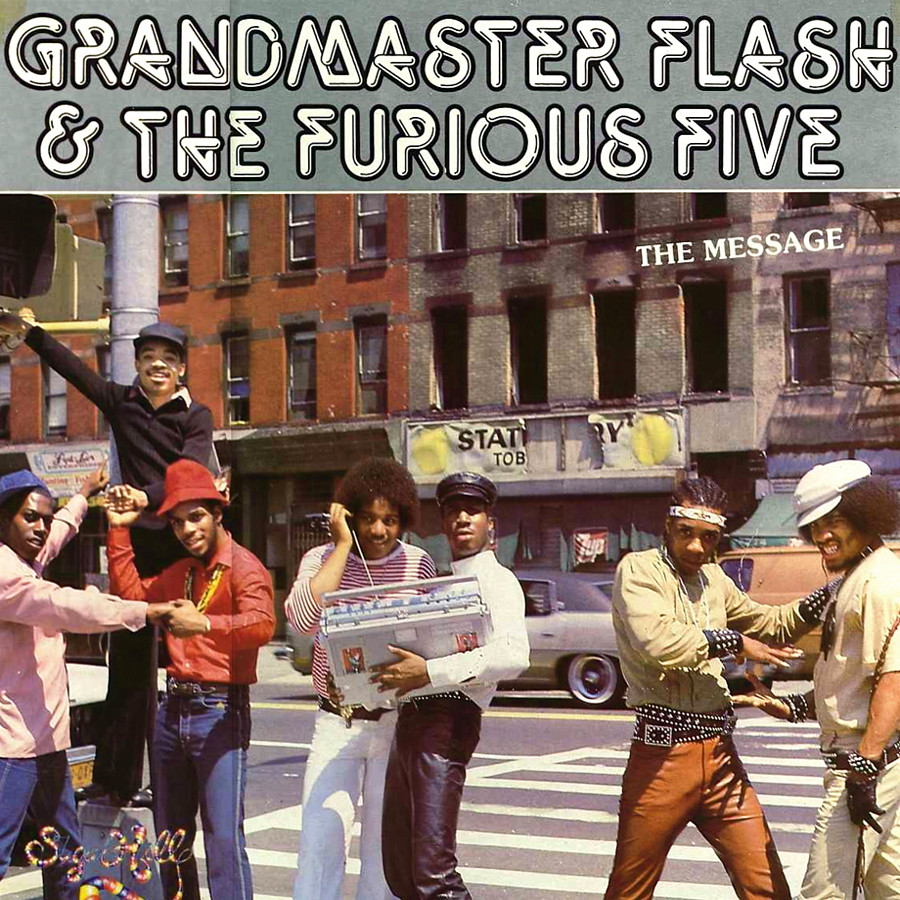
Artist: Grandmaster Flash & The Furious Five
Artist Origin: Bronx, New York City, NY
Released: October 1982
Subgenre(s), Styles: Crossover Hip Hop, Electro-funk, Conscious Rap
Length: 36:58
Label: Sugar Hill
Producer: Jigsaw Productions, Sylvia Robinson
Notable Track(s): The Message, Scorpio, It’s Nasty
U.S. Billboard 200 Peak Position: 53
Bronx DJ, Grandmaster Flash, recruited his friend Cowboy, Melle Mel and The Kidd Creole (Nathaniel Glover) forming the first emcee group as it relates to rap as it is known today. Cowboy’s scat routine led to the origin of the term “hip hop” and Melle Mel and The Kidd Creole were the first rappers to call themselves “MCs” (Masters of Ceremonies). Soon after they recruited a few more members to become Grandmaster Flash & The Furious 5 and became the number one rap group on the streets of New York City. At the time rap music was not embraced by the music industry but after the success of “Rapper’s Delight” they were signed to Sugar Hill Records as well. Following a few singles in previous years, Grandmaster Flash’s group released their only album with the group’s original line-up.
Although they were the most respected hip hop group in the community, their release reflected the musical styles of the two previous notable albums. The turntablism was downplayed for a funk sound that could appeal to a more general audience at the time. “Scorpio” is done in a complete robotic voice. The album ranges from the electronic party, bragging raps, and R&B ballads. However, the unapologetic song “The Message” is the standout track and started the subgenre of conscious rap by addressing the struggles of living in the inner-city.
In 1983, Grandmaster Flash, who had never appeared on any of the group’s studio recordings, sued Sugar Hill Records for $5 million in unpaid royalties. The group than split with Flash’s group simply going by the name of its leader and the other group named Grandmaster Melle & The Furious Five.
Wild Style Original Soundtrack

Artist: Various
Artist Origin: Bronx, New York City, NY (Primarily)
Released: 1983
Subgenre(s), Styles: Boom Bap, Freestyles, Battle Rap, Turntablism
Length: 77:47
Label: Animal Records
Producer: Charlie Ahearn, Chris Stein, Fab Five Freddy
Wild Style soundtrack comes from a 1983 hip hop film directed and produced by Charlie Ahearn. Released theatrically in September 1982 by First Run Features, it is regarded as the first hip hop motion picture. The film included seminal figures such as Fab Five Freddy, Lee Quiñones, Lady Pink, The Rock Steady Crew, The Cold Crush Brothers, Queen Lisa Lee of Zulu Nation, Grandmaster Flash and Zephyr. The protagonist “Zoro” is played by New York graffiti artist “Lee” George Quiñones.
Charlie Ahearn and Fab 5 Freddy began working on the film on late 1981. The approach was a hybrid of a narrative musical and documentary, having the real hip hop pioneers play themselves in a loosely scripted story shot entirely in the South Bronx, the Lower East Side and MTA subway yards.
Although the soundtrack didn’t achieve groundbreaking record sales or notable songs, it is considered by many as the first great hip hop album. As opposed to releases before, this soundtrack reflects the authentic hip hop culture in the streets as opposed to chasing a mainstream audience. This included freestyles, battle raps, and turntablism that was usually not pieced together into a song format. There is a long list of MCs that contributed to this soundtrack, most of which from the Bronx.
Run D.M.C. – Run D.M.C.

Artist: Run D.M.C.
Artist Origin: Queens, New York City, NY
Released: March 27, 1984
Subgenre(s), Styles: Boom Bap, Hardcore Rap, Rap Rock
Length: 39:27
Label: Profile, Arista
Producer: Russell Simmons, Larry Smith
Notable Track(s): It’s Like That, Hard Times, Rock Box
U.S. Billboard 200 Peak Position: 53
RIAA Certification: Gold (December 17, 1984)
*First Gold Hip Hop Album
Joseph Simmons and Darryl McDaniels started hanging around Two-Fifths Park in Hollis in the late-1970s, hoping to rap for the local DJs who performed and competed there, and the most popular one known to frequent the park was Jason Mizell, then known as “Jazzy Jase”. Eventually, Simmons and McDaniels rapped in front of Mizell at the park, and the three became friends and eventually the group Run DMC. Joseph Simmons’ older brother Russell Simmons had success managing Kurtis Blow and helped produced the first album.
It was considered groundbreaking for its time, presenting a harder, more aggressive form of hip hop with the boom bap sound and some rap rock fusion. The album’s sparse beats and aggressive rhymes were in sharp contrast with the light, funky sound that was popular in mainstream hip hop at the time. With the album, the group has been regarded by music writers as pioneering the movement of new school hip hop of the mid-1980s and bringing the street rap to the mainstream rap music scene. The music on the album was created by Larry Smith’s group Orange Krush using the drum machine Oberheim DMX and Jam Master Jay’s scratches mixed in a guitar riff. Mainly the content is aggressive bragging raps but the album also touches on social issues.
The group wore black Kangol hats, black Lee jeans, black t-shirts and leather jackets, white Adidas sneakers, and gold chains which was a drastic departure from the Kurtis Blow and Grandmaster Flash’s group which often wore flashier clothes inspired by glam rock, funk, and disco acts. Their brand of hip hop was classified as “new school” as it was a modernized version of the street sound. The songs were shorter and better built for radio format but kept a minimal sound unlike radio music.
Fat Boys
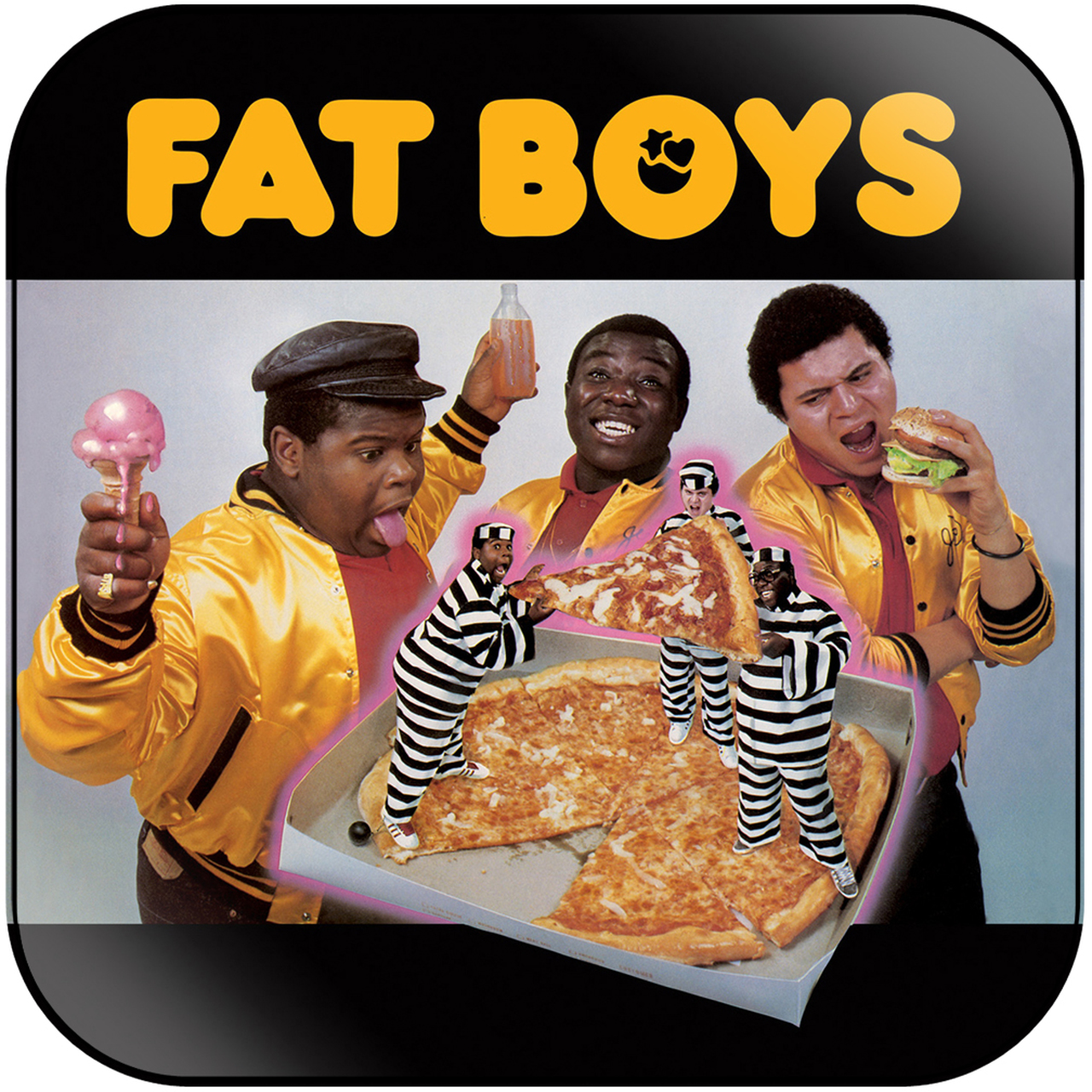
Artist: Fat Boys
Artist Origin: Brooklyn, New York City, NY
Released: May 29, 1984
Subgenre(s), Styles: Beatbox, Boom Bap, Crossover Hip Hop, Electro-funk
Length: 39:10
Label: Sutra
Producer: Kurtis Blow, Larry Smith, Charles Stettler (exec.), Art Kass (exec.)
Notable Track(s): Jail House Rap, Can You Feel It
U.S. Billboard 200 Peak Position: 48
RIAA Certification: Gold (May 6, 1985)
The Fat Boys were hip-hop’s first brand, jumping out of helicopters in Swatch commercials and demolishing buffets in movies. Their manager is a Swiss-born promoter named Charlie Stettler, the owner of his label-management company Tin Pan Apple. Charlie Stettler hooked up the group with producer Kurtis Blow who gave them their signature sound. Kurtis Blow enlisted Run-D.M.C. drum-machine programmer Larry Smith and bassist Davy “DMX” Reeves, both of whom were behind some of the best records of the era to work on it.
The album sticks out for its storytelling, beatboxing, and comedic elements. It showed a level of creativity and imagination not heard before in hip hop. Although not technically impressive lyricists they proved to be entertaining nonetheless.
Escape
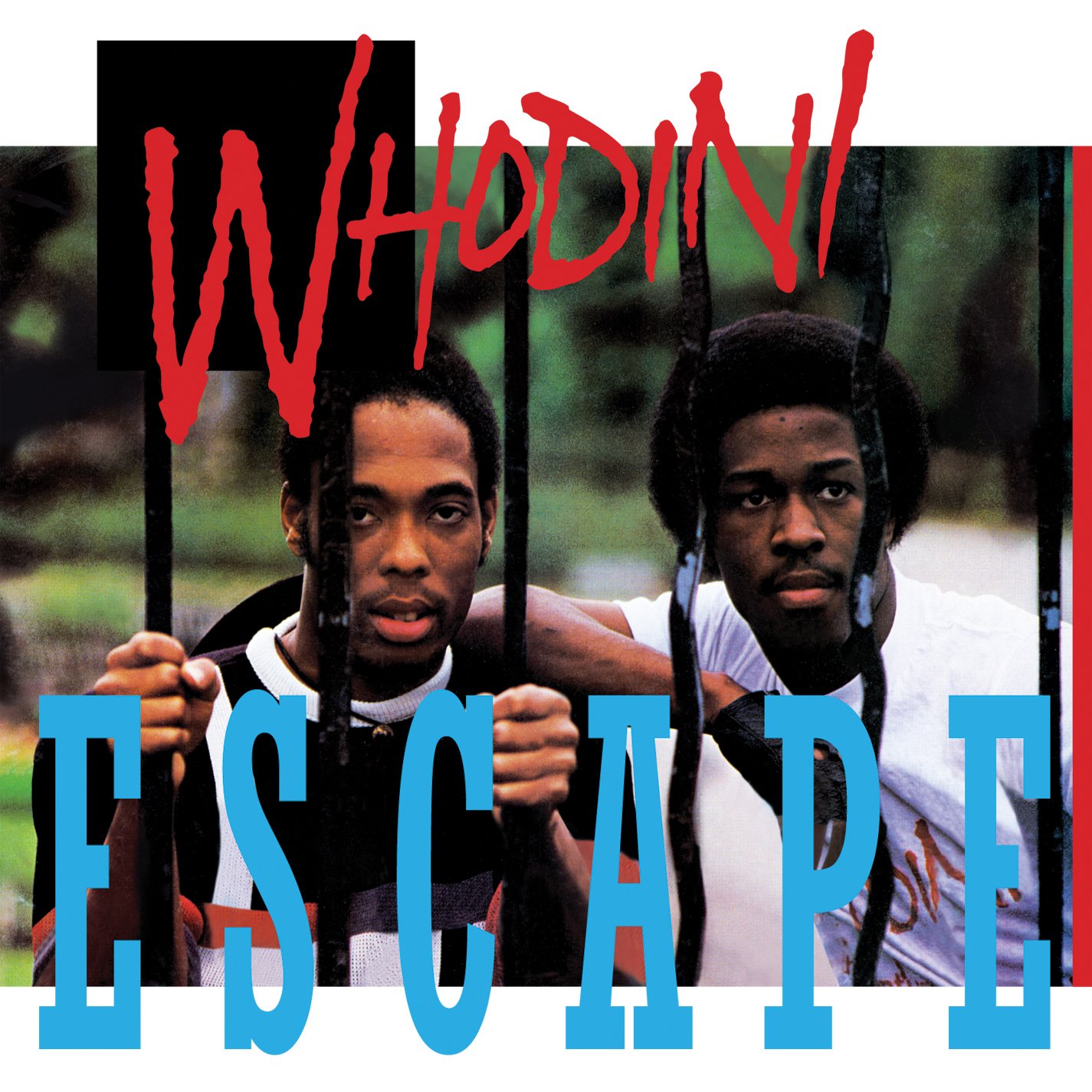
Artist: Whodini
Artist Origin: Brooklyn, New York City, NY
Released: October 17, 1984
Subgenre(s), Styles: Crossover Hip Hop, Boom Bap, Electro-funk,
Length: 38:31
Label: Jive
Producer: Larry Smith
Notable Track(s): Five Minutes of Funk, Freaks Come Out at Night, Friends
U.S. Billboard 200 Peak Position: 35
RIAA Certification: Platinum (May 22, 1987)
*First Hip Hop Album to Chart in US Billboard Top 40
The sophomore album Escape by the hip-hop group Whodini was its most impactful. Whodini member Jalil Hutchins convinced Smith, his friend, to produce the album when Smith needed money after a friend’s hospitalization.
Although the group originally intended to record more rock-oriented material for the album, its music has a predominantly synthesizer-based backing, with a rhythm and blues influence. Smith encouraged Whodini to use a variety of instruments on each track, from Linn LM-1 and Roland TR-707 drum machines to a Fender Jazz Bass giving them their own sound as opposed to following the trend of Run-DMC. Smith believed that drawing from R&B would better match the more adult content of Whodini. Unlike other hip-hop musicians, Whodini’s backing music and beats were synthesizer-based. Escape’s lyrics explored egocentric rhymes, the difficulty of city life, failed romance, and New York’s party lifestyle. It was described as a music style which “black radio embraces”, specifically a “radio-friendly, singles-oriented hip hop”, as opposed to the “hard-core, more rhyme-centered rap”.
The group had developed a large following in Britain and Europe prior to the release of Escape, afterwards they had success in the United States and overseas. The mixing of R&B and rap was rare at the time and this album opened the door for those two worlds to coexist inspiring the new jack swing music of the late 80s and the fusion of the genres today. It represented an album that could be truly embraced by both communities as it was radio friendly without being simple, safe, or watered down.
The Treacherous Three
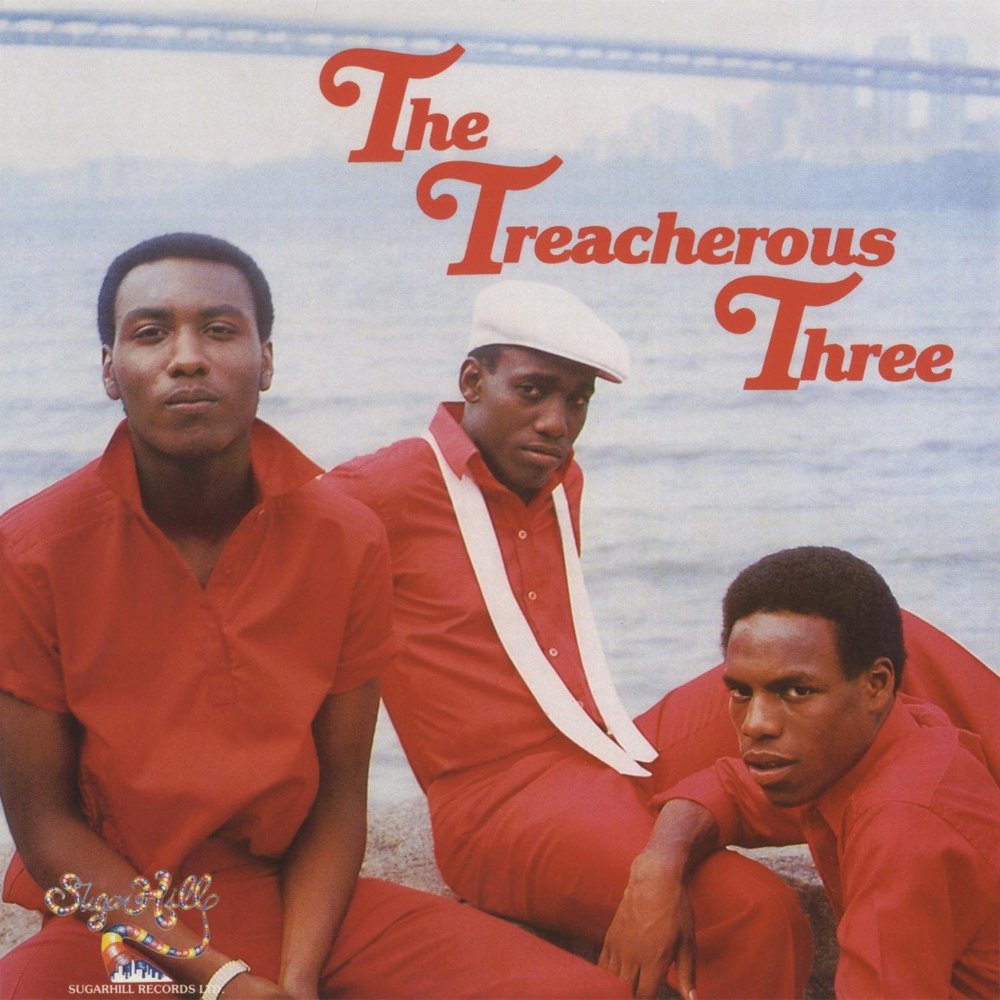
Artist: Treacherous Three
Artist Origin: Bronx, New York City, NY
Released: 1984
Subgenre(s), Styles: Crossover Hip Hop, Electro-Funk, Boom Bap
Length: 39:16
Label: Sugarhill, MCA
Producer: Sylvia Robinson
Notable Track(s): Get Up, Turning You On, Turn It Up
The Treacherous Three was a pioneering hip hop group that are remembered as the originators of fast rapping and presenting more technically sophisticated rapping for its time. They were a more international act as well travelling to approximately 14 other countries in the early 80s. In 1981, they moved to Sugar Hill Records. Their debut featured hits such as “Whip It” and “Yes We Can-Can.” However, their sophomore album was more successful and critically acclaimed.
The album features what the group had been known for over the years but at its highest level. Their lyrics were ahead of their time with the creativity, wordplay, and rhyming techniques used but maintained the old skool back and forth technique truly making it a group presentation rarely found throughout a hip hop album.
Afterwards, financial concerns caused friction between the group and its label. When Kool Moe Dee finally got the members back in the studio, the dedication to the music had waned. Kool Moe Dee felt the newer material being recorded didn’t meet the high standard for lyrics the group had established. This resulted in the group breaking up and Kool Moe Dee pursuing a solo career.